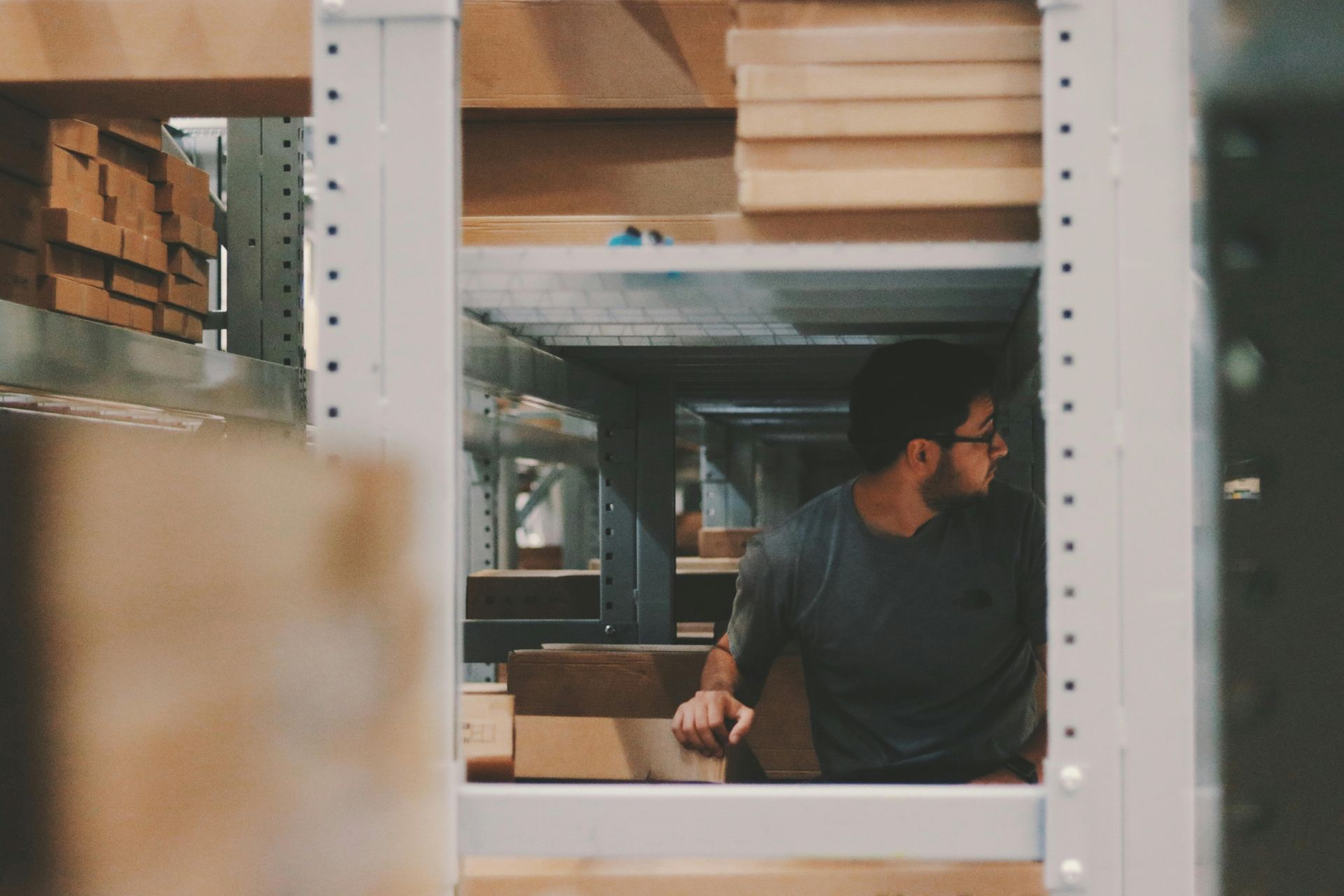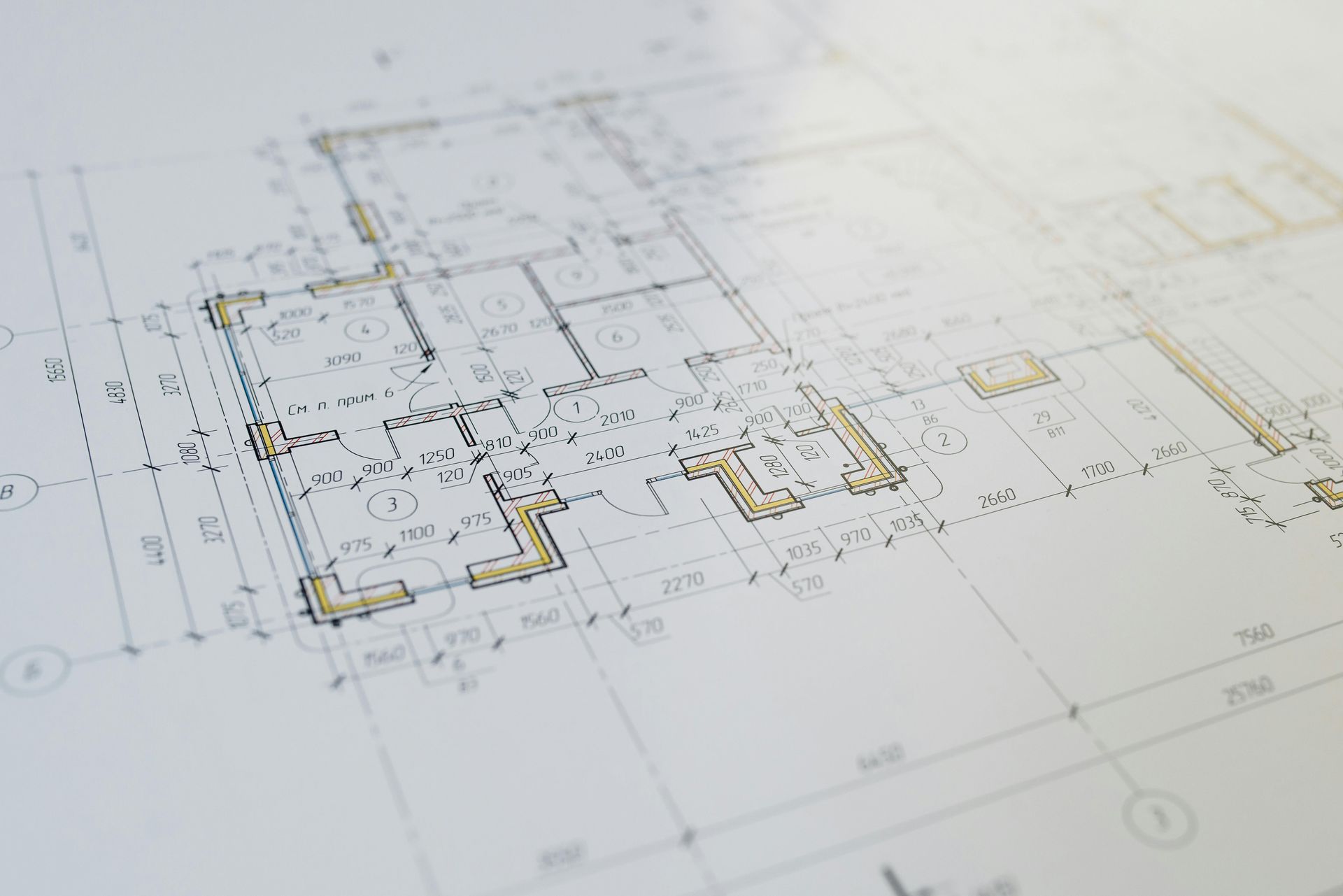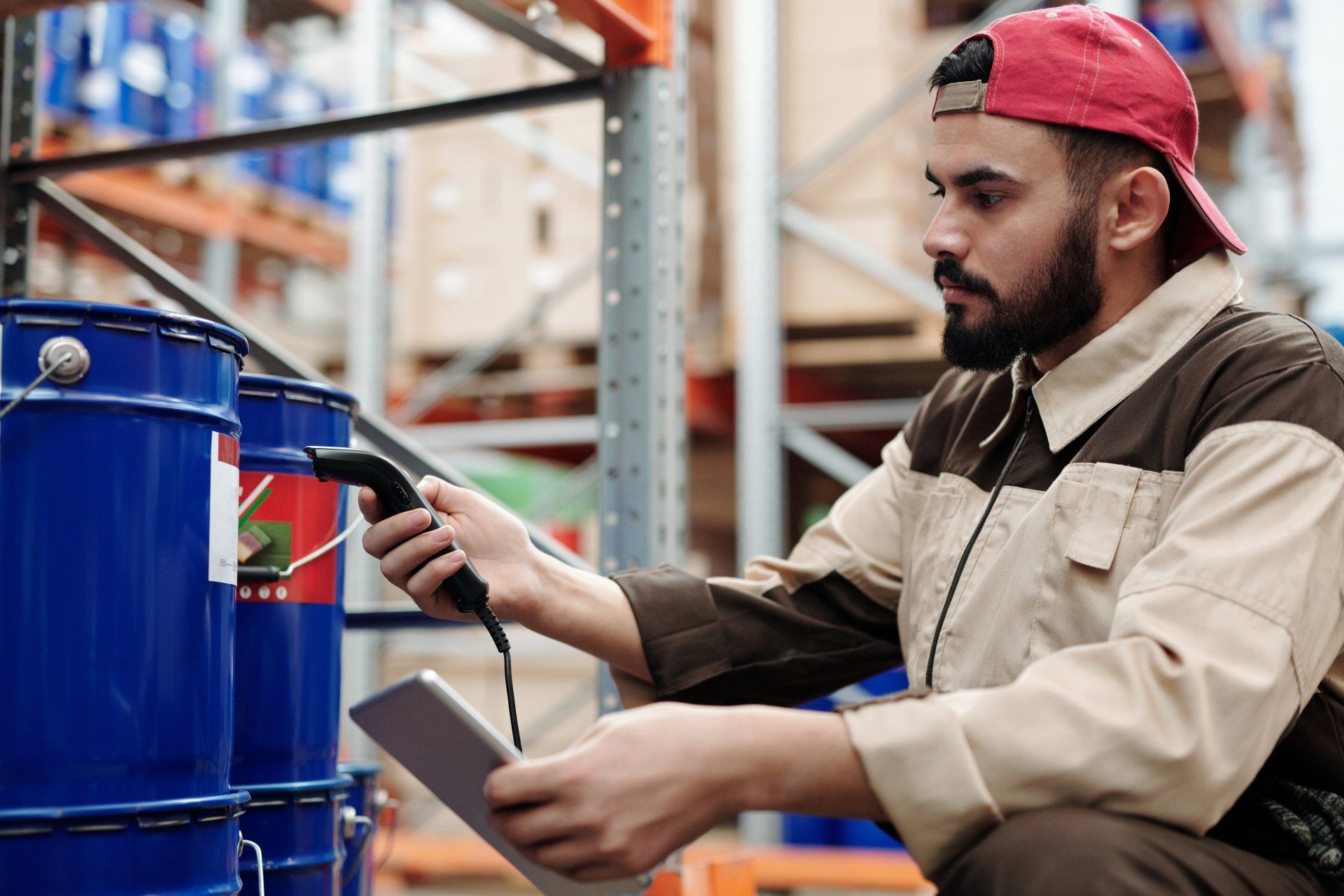Shared Workspaces in MDUs: Supporting the Work-From-Home Lifestyle
The rise of remote work has transformed the way people live, work, and interact with their environments. As more residents embrace the work-from-home lifestyle, the demand for dedicated workspaces within residential buildings has grown significantly. Multiple Dwelling Units (MDUs) have the unique opportunity to cater to this demand by offering shared workspaces that provide the convenience of a home office with the added benefits of a professional environment.
In this blog post, we will explore the benefits of incorporating shared workspaces into MDUs, key features that make these workspaces appealing, and how they can enhance the overall living experience for residents. By creating flexible and well-designed work environments, MDUs can better support residents who work from home while fostering productivity, collaboration, and community.
The Benefits of Shared Workspaces in MDUs
Shared workspaces in MDUs offer a variety of benefits that cater to the needs of remote workers, freelancers, and entrepreneurs. These benefits go beyond just providing a place to work—they contribute to a higher quality of life and a sense of community among residents.
- Increased Productivity: For many residents, working from home can be challenging due to distractions or limited space. Shared workspaces offer a quiet and dedicated area for work, helping residents stay focused and productive. Having a space separate from their apartment allows residents to create a clear boundary between work and personal life, which can contribute to better work-life balance.
- Convenience and Cost Savings: Access to a shared workspace within the building eliminates the need for residents to commute to a coworking space or coffee shop. This convenience not only saves time and money but also provides a professional environment without the added cost of renting an office. Shared workspaces offer the amenities of a coworking space right at home, making it easier for residents to work efficiently.
- Community and Collaboration: Shared workspaces provide opportunities for residents to connect with their neighbors, fostering a sense of community and collaboration. Whether it's exchanging ideas, networking, or simply sharing a coffee break, these spaces can help create a supportive work environment that enhances the social experience of living in an MDU.
Key Features of Shared Workspaces in MDUs
To create an effective shared workspace that meets the needs of remote workers, it's important to incorporate features that promote productivity, comfort, and flexibility. Here are some key features to consider when designing shared workspaces for MDUs.
- Ergonomic Furniture: Providing ergonomic chairs and desks is essential for creating a comfortable and healthy workspace. Adjustable chairs, sit-stand desks, and well-designed workstations can help residents maintain proper posture and reduce the risk of discomfort or injury associated with prolonged sitting.
- Private Meeting Rooms: In addition to open work areas, including private meeting rooms can enhance the functionality of shared workspaces. These rooms can be used for virtual meetings, client calls, or small group discussions, providing residents with a quiet and private space to conduct business. Meeting rooms equipped with video conferencing technology can also make it easier for residents to connect with colleagues or clients remotely.
- High-Speed Internet and Technology: Reliable, high-speed internet is a must-have for any shared workspace. Providing robust Wi-Fi connectivity ensures that residents can work efficiently without interruptions. Additionally, offering charging stations, printers, and other office equipment can enhance the convenience of the workspace and provide residents with the tools they need to be productive.
- Quiet Zones and Collaboration Areas: Designing different zones within the shared workspace can help meet the varying needs of residents. Quiet zones with individual workstations are ideal for focused work, while collaboration areas with comfortable seating and whiteboards can be used for group discussions or brainstorming sessions. This zoning approach allows residents to choose the environment that best suits their work style.
- Natural Light and Greenery: Incorporating natural light and greenery into the design of shared workspaces can create a more pleasant and inviting atmosphere. Large windows, skylights, and indoor plants can help improve residents' mood and well-being, making the workspace more enjoyable to use. Studies have shown that natural light and greenery can boost productivity, reduce stress, and enhance overall satisfaction.
Creating a Flexible and Adaptable Workspace
Flexibility is key when designing shared workspaces for MDUs, as residents' needs may change over time. Creating a space that can adapt to different uses and accommodate various work styles is essential for ensuring long-term value.
- Modular Furniture: Using modular furniture that can be easily rearranged allows the workspace to be adapted for different purposes. Desks, tables, and seating that can be moved or reconfigured make it possible to accommodate both individual work and group activities. This flexibility ensures that the workspace remains functional and relevant as residents' needs evolve.
- Multi-Use Functionality: Designing the shared workspace to serve multiple purposes can increase its value to residents. For example, the workspace could be used as a study area for students, a workshop space for creative activities, or a venue for community events. By creating a multi-use environment, developers can ensure that the space is utilized to its full potential and benefits a wide range of residents.
- Booking and Access Management: Implementing a booking system for meeting rooms and other shared facilities can help ensure that the workspace is used efficiently. A mobile app or online platform that allows residents to reserve workstations or meeting rooms can streamline the process and prevent conflicts. Additionally, secure access control can help maintain a professional environment by ensuring that only authorized residents can enter the workspace.
Designing for Wellness and Comfort
To create a shared workspace that residents want to use, it's important to prioritize wellness and comfort in the design. A well-designed workspace can enhance residents' overall well-being and make working from home a more enjoyable experience.
- Acoustic Solutions: Noise can be a major distraction in shared workspaces, especially in open areas. Incorporating acoustic panels, sound-absorbing materials, and white noise machines can help minimize distractions and create a quieter environment for focused work. Private booths or pods can also be included for residents who need an ultra-quiet space to concentrate.
- Temperature Control: Maintaining a comfortable temperature is essential for productivity. Providing individual climate control options, such as fans or space heaters, can help residents create a comfortable workspace that suits their preferences. Ensuring proper ventilation and air quality is also important for maintaining a healthy environment.
- Break Areas and Refreshments: Including a break area with comfortable seating, a coffee station, and light refreshments can encourage residents to take regular breaks, which is important for maintaining focus and preventing burnout. A well-designed break area can also serve as a social hub where residents can interact and build connections with their neighbors.
Building a Community of Remote Workers
Shared workspaces in MDUs can play a key role in building a sense of community among remote workers. By creating opportunities for interaction, collaboration, and socialization, these spaces can enhance the overall living experience for residents.
- Networking Events and Workshops: Hosting networking events, workshops, and skill-building sessions can provide residents with opportunities to learn, grow, and connect with others. These events can be focused on topics such as professional development, entrepreneurship, or wellness, helping residents improve their skills while building relationships with their neighbors.
- Community Boards and Communication Platforms: Providing a community board or digital platform where residents can share information, post announcements, or organize group activities can help foster a sense of belonging. Residents can use these platforms to coordinate coworking sessions, share resources, or plan social gatherings, creating a supportive and connected community.
- Coworking Culture: Encouraging a positive coworking culture can make the shared workspace more enjoyable for everyone. Establishing guidelines for workspace etiquette, such as maintaining a quiet atmosphere, keeping the space clean, and being respectful of others' time and space, can help create a productive and harmonious environment.
Supporting the Work-From-Home Lifestyle in MDUs
The rise of remote work has created a growing demand for dedicated workspaces within residential buildings. By incorporating shared workspaces into MDUs, developers can cater to the needs of remote workers, freelancers, and entrepreneurs, providing them with a professional and convenient environment that supports productivity and well-being.
Shared workspaces offer numerous benefits, including increased productivity, cost savings, and opportunities for community building. By designing flexible, comfortable, and well-equipped work environments, MDUs can create a living experience that meets the evolving needs of residents in today's remote work era.
As the work-from-home lifestyle continues to grow in popularity, shared workspaces will become an essential feature of modern MDUs. By investing in these amenities, developers can create vibrant, supportive communities where residents can thrive both personally and professionally, making the MDU a true home for modern urban living.









